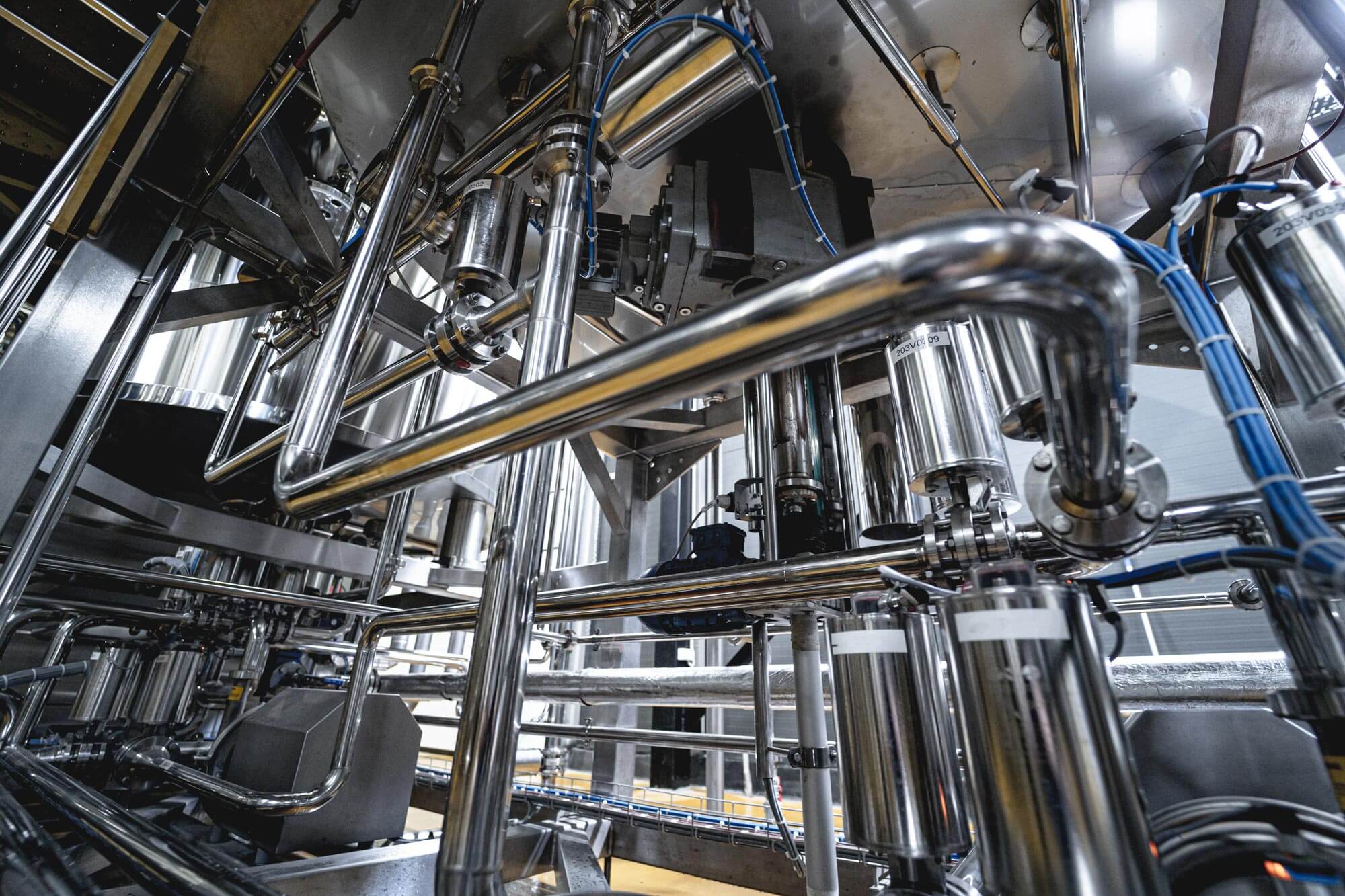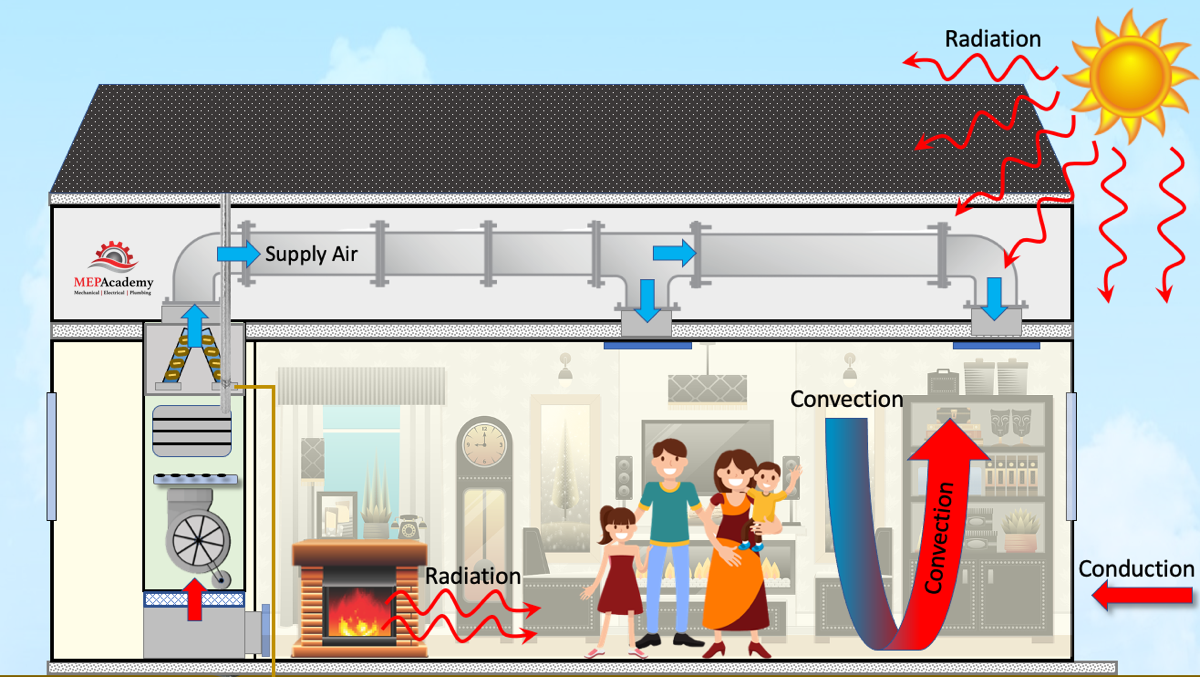A Comprehensive Guide to Selecting the Right Heat Transfer Equipments for Your Requirements
Selecting the suitable Heat transfer system is important for functional performance. Various systems deal with various requirements, affected by factors such as temperature level array and liquid kind. Recognizing the principles behind Heat transfer, such as conduction, convection, and radiation, is critical. Furthermore, assessing energy sources and maintenance techniques can impact long-lasting efficiency. A closer exam of these considerations discloses exactly how to customize a system to details requirements. What should one prioritize in this complicated decision-making process?
Understanding Heat Transfer: Key Concepts and Concepts
Heat transfer might appear like a simple principle, it encompasses a range of concepts that are basic for efficient system layout - DVS Heat Transfer Systems. Recognizing these principles is essential for designers and designers that aim to optimize thermal performance in numerous applications. Conduction, for circumstances, includes the transfer of Heat with strong materials, while convection refers to the movement of Heat within fluids. Radiation, one more vital concept, describes just how Heat can be transferred with electro-magnetic waves. Each of these devices plays a crucial function in establishing just how power moves within a system. By completely understanding these concepts, professionals can make informed decisions, making certain that Heat transfer systems run effectively and fulfill the particular demands of their applications
Sorts Of Heat Transfer Systems: A Summary
Comprehending the principles of Heat transfer lays the groundwork for exploring the numerous sorts of Heat transfer systems readily available. Heat transfer systems can be categorized primarily right into 3 types: conduction, radiation, and convection. Conduction includes Heat transfer through strong products, relying on straight get in touch with between particles. Convection, on the various other hand, happens in fluids (gases and liquids) where the motion of the fluid itself assists in Heat transfer. Radiation entails the transfer of Heat through electro-magnetic waves and does not need a tool, permitting it to happen in a vacuum cleaner. Each kind of system has unique attributes and applications, making it necessary for individuals and companies to very carefully examine their certain needs when choosing one of the most suitable Heat transfer remedy.
Applications of Heat Transfer Systems in Various Industries
Heat transfer systems play a necessary function throughout various industries, influencing efficiency and item top quality. In industrial manufacturing processes, they assist in specific temperature control, while in food and drink processing, they assure safety and conservation. Additionally, HVAC and climate control systems depend greatly on reliable Heat transfer to preserve comfortable atmospheres.
Industrial Production Processes

Numerous industrial production processes depend greatly on reliable Heat transfer systems to maximize performance and boost item quality. In markets such as metalworking, Heat exchangers play an important function in preserving perfect temperature levels during welding, casting, and forging. These systems guarantee consistent Heat circulation, which is essential for attaining wanted material buildings. Similarly, in the chemical manufacturing industry, Heat transfer systems assist in precise temperature control during responses, influencing return and safety. Moreover, in textile manufacturing, effective Heat administration is necessary for dyeing and finishing processes, affecting shade uniformity and textile quality. By picking proper Heat transfer innovations, producers can improve energy performance and minimize operational prices, eventually causing a more lasting and competitive production atmosphere.
Food and Drink Processing
Efficient Heat transfer systems are equally vital in the food and drink handling industry, where keeping perfect temperature levels is important for food security and high quality. These systems play a necessary role in processes such as pasteurization, cooking, and sanitation, making certain that products are safe for intake and preserve their nutritional worth. Heat exchangers, for example, efficiently transfer Heat in between liquids, enhancing energy use while decreasing temperature fluctuations. In addition, refrigeration systems are essential for extending and protecting subject to spoiling things service life. The option of Heat transfer technology straight impacts operational effectiveness and item honesty, making it imperative for food and beverage makers to select the suitable systems tailored to their certain handling demands. This mindful selection ultimately adds to consumer complete satisfaction and food security.

A/c and Climate Control
While many markets rely upon Heat transfer systems for efficiency, A/C (Home Heating, Ventilation, and Cooling) plays an essential function in preserving indoor climate control throughout various settings. These systems make use of Heat transfer principles to manage humidity, visit this web-site temperature, and air quality, making sure comfort and safety and security in domestic, industrial, and commercial settings. Appropriately created HVAC systems enhance energy effectiveness, reduce operational expenses, and lessen ecological influence. In business buildings, for example, efficient environment control contributes to staff member efficiency and consumer fulfillment. In industrial applications, heating and cooling systems assist preserve excellent conditions for devices operation and item conservation. Selecting the appropriate Heat transfer system is important for conference specific environment control requirements and accomplishing total system efficiency.
Evaluating Power Sources for Heat Transfer Equipments
In evaluating energy resources for Heat transfer systems, a contrast of renewable energy choices and fossil gas considerations is essential. Renewable resources, such as solar and wind, deal sustainable alternatives that can lower ecological influence. Alternatively, fossil gas remain prevalent due to their established framework and energy thickness, motivating a cautious assessment of both alternatives.
Renewable Resource Options

Fossil Gas Factors To Consider
Evaluating fossil gas considerations is important for the efficiency and sustainability of Heat transfer systems. Fossil fuels, such as all-natural gas, oil, and coal, are conventional power resources that offer considerable Heat output, making them prominent selections for industrial and domestic applications. Their ecological influence, including greenhouse gas exhausts and resource exhaustion, elevates concerns. When picking a heat transfer system, it is important to assess the accessibility, cost, and regulatory factors linked with these gas. In addition, the efficiency of nonrenewable fuel source systems need to be thought about, as greater performance can mitigate some ecological disadvantages. Ultimately, a balanced strategy weighing performance and sustainability can lead decision-makers toward the most proper Heat transfer option for their certain needs.
Elements to Take Into Consideration When Choosing a Warm Transfer System
Choosing a proper Heat transfer system requires cautious factor to consider of various variables that can significantly influence efficiency and performance. One vital element is the operating temperature level range, which determines the materials and design suitable for the application. In addition, the sort of fluid utilized in the system-- whether gas or fluid-- influences Heat transfer performance and compatibility. The system's dimension and capacity should line up with the particular requirements of the operation to prevent inadequacies. Power resource accessibility is likewise essential, affecting operating prices and sustainability. The installment setting, including space constraints and access for maintenance, plays a substantial duty in system choice. Governing conformity and security criteria need to be considered to guarantee the system fulfills all legal requirements.
Maintenance and Efficiency Optimization for Heat Transfer Solutions
Preserving Heat view transfer systems is crucial for making certain maximum performance and durability. Normal maintenance tasks, such as cleaning Heat exchangers and inspecting insulation, help protect against efficiency losses because of fouling and thermal connecting. Additionally, checking system specifications, consisting of stress and temperature level, permits very early detection of abnormalities, minimizing downtime and costly repair work. Applying a preventive upkeep timetable can enhance efficiency and expand the lifespan of elements. In addition, upgrading to innovative control systems can boost operational effectiveness by adjusting to differing problems and lots. By prioritizing upkeep and efficiency optimization, operators can accomplish lowered power intake, lower operational prices, and improved general system integrity, ultimately causing far better source usage and a more lasting procedure.
Future Trends in Heat Transfer Technologies
As sectors progressively prioritize sustainability and energy effectiveness, future fads in Heat transfer innovations are established to go through considerable changes. Technologies such as sophisticated products, consisting of carbon nanotubes and nanofluids, guarantee improved thermal conductivity and effectiveness. Additionally, the integration of renewable resource resources right into Heat transfer systems is obtaining energy, promoting environmentally friendly options. Smart innovations, including IoT sensors, are expected to transform monitoring and control, making it possible for real-time data analysis for maximized performance. The growth of modular and compact systems will promote less complicated installation and maintenance, catering to varied applications. These advancements show a shift towards even more sustainable, effective, and adaptable Heat transfer options, lining up with global power objectives and environmental standards.
Regularly Asked Inquiries
What Are the Ecological Effects of Heat Transfer Systems?
The environmental influences of Heat transfer systems can include greenhouse gas emissions, energy intake, and potential thermal air pollution. Additionally, incorrect disposal of materials and inefficiencies can add to source depletion and community interruption.
How Do I Determine the Cost-Effectiveness of a Warmth Transfer System?
To compute the cost-effectiveness of a warm transfer system, one must evaluate first prices, operational expenses, maintenance demands, and power efficiency, comparing these variables versus the expected life expectancy and efficiency of the system.
Can Heat Transfer Equipment Be Utilized in Residential Setups?
Heat transfer systems can indeed be used in property setups. They provide reliable home heating and cooling services, making homes a lot more comfy while possibly decreasing energy prices. Their versatility enables numerous applications in residential environments.
What Security Regulations Put On Heat Transfer Solutions?
Safety policies for Heat transfer systems usually consist of standards on upkeep, installment, and operation. Conformity with neighborhood building codes, supplier requirements, and sector criteria is vital to ensure efficient and risk-free system performance in various applications.
How Do Different Products Affect Heat Transfer Effectiveness?

Conduction, for instance, involves the transfer of Heat with strong products, while convection refers to the motion of Heat within liquids. Comprehending the principles of Heat transfer lays the groundwork for exploring the various types of Heat transfer systems readily available. Heat exchangers, for instance, successfully transfer Heat between liquids, maximizing power use while decreasing temperature fluctuations. In evaluating energy sources for Heat transfer systems, a comparison of sustainable energy alternatives and fossil gas factors to consider is necessary. Metals, such as copper and light weight aluminum, conduct Heat properly, whereas insulators like rubber and glass reduce down Heat circulation.